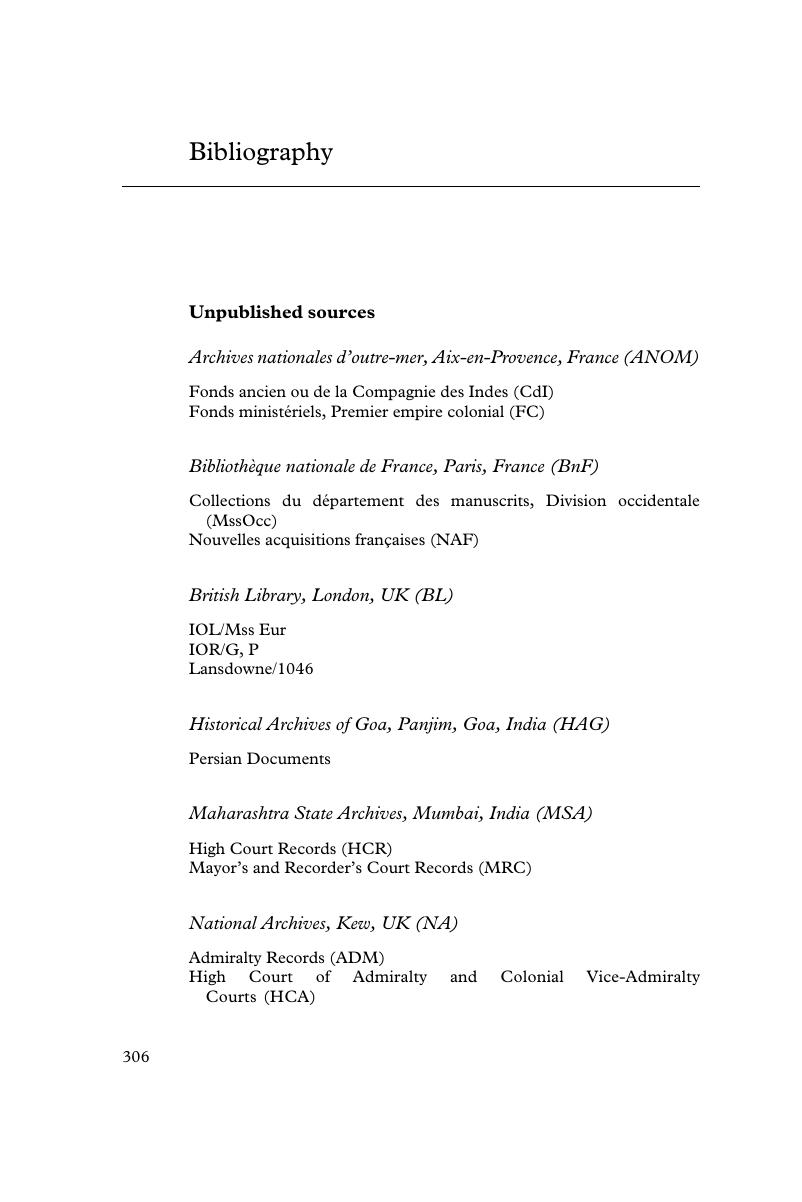Book contents
- India and the Islamic Heartlands
- India and the Islamic Heartlands
- Copyright page
- Dedication
- Contents
- Figures
- Maps
- Tables
- Preface and acknowledgements
- Note on spelling and transliteration
- Abbreviations
- Prologue
- Introduction
- 1 Cognitive patterns: approaching the world
- 2 A cosmic order: the meaning and end of life
- 3 A familial order: ties of blood, duty and affect
- 4 A relational order: intimates, strangers and plurality
- 5 A communications order: language, writing and couriers
- 6 A political order: temporal authority and governance
- 7 Everyday practices: indispensable skills and techniques
- 8 Flows and interactions: the arena’s connective tissue
- Conclusion
- Glossary
- Bibliography
- Index
- References
Bibliography
Published online by Cambridge University Press: 05 March 2016
- India and the Islamic Heartlands
- India and the Islamic Heartlands
- Copyright page
- Dedication
- Contents
- Figures
- Maps
- Tables
- Preface and acknowledgements
- Note on spelling and transliteration
- Abbreviations
- Prologue
- Introduction
- 1 Cognitive patterns: approaching the world
- 2 A cosmic order: the meaning and end of life
- 3 A familial order: ties of blood, duty and affect
- 4 A relational order: intimates, strangers and plurality
- 5 A communications order: language, writing and couriers
- 6 A political order: temporal authority and governance
- 7 Everyday practices: indispensable skills and techniques
- 8 Flows and interactions: the arena’s connective tissue
- Conclusion
- Glossary
- Bibliography
- Index
- References
Summary

- Type
- Chapter
- Information
- India and the Islamic HeartlandsAn Eighteenth-Century World of Circulation and Exchange, pp. 306 - 333Publisher: Cambridge University PressPrint publication year: 2016



